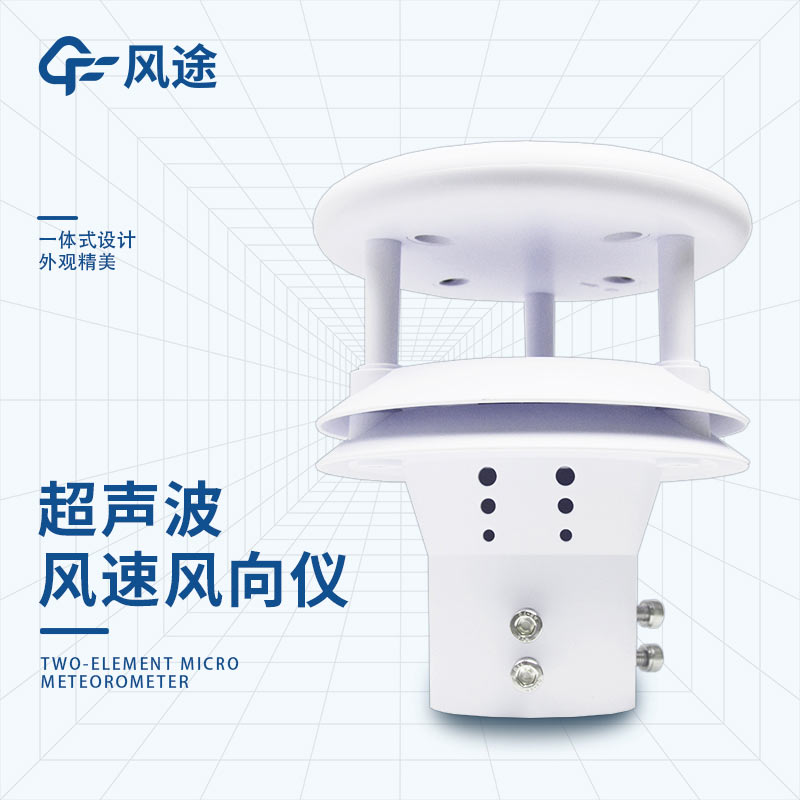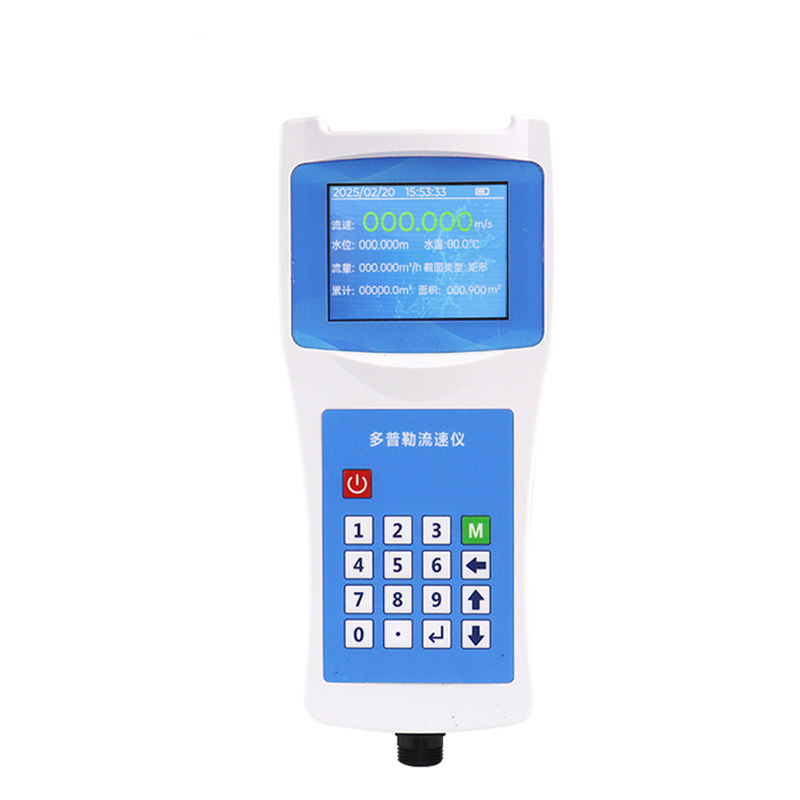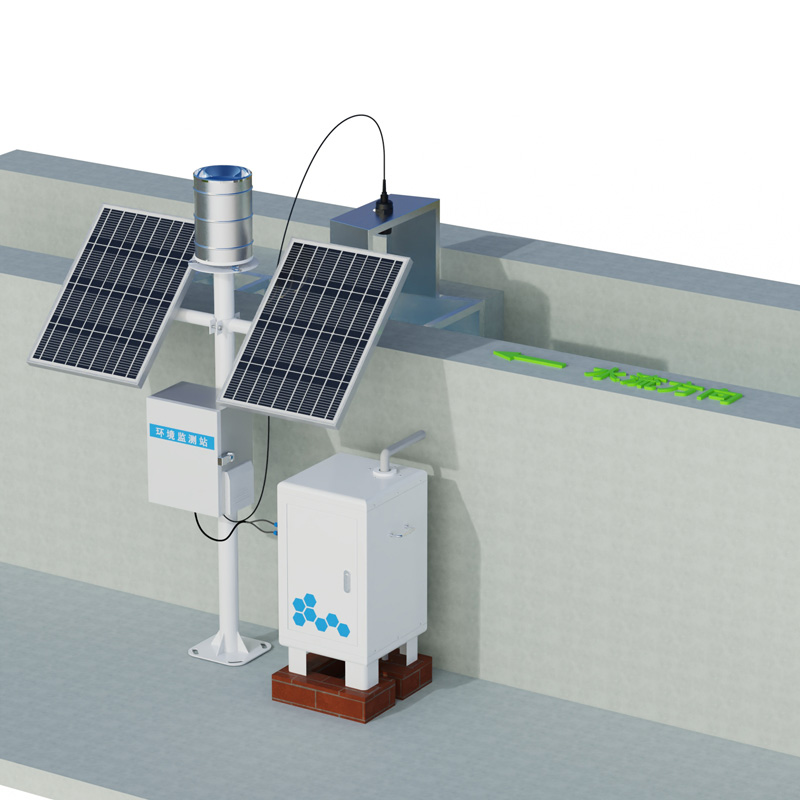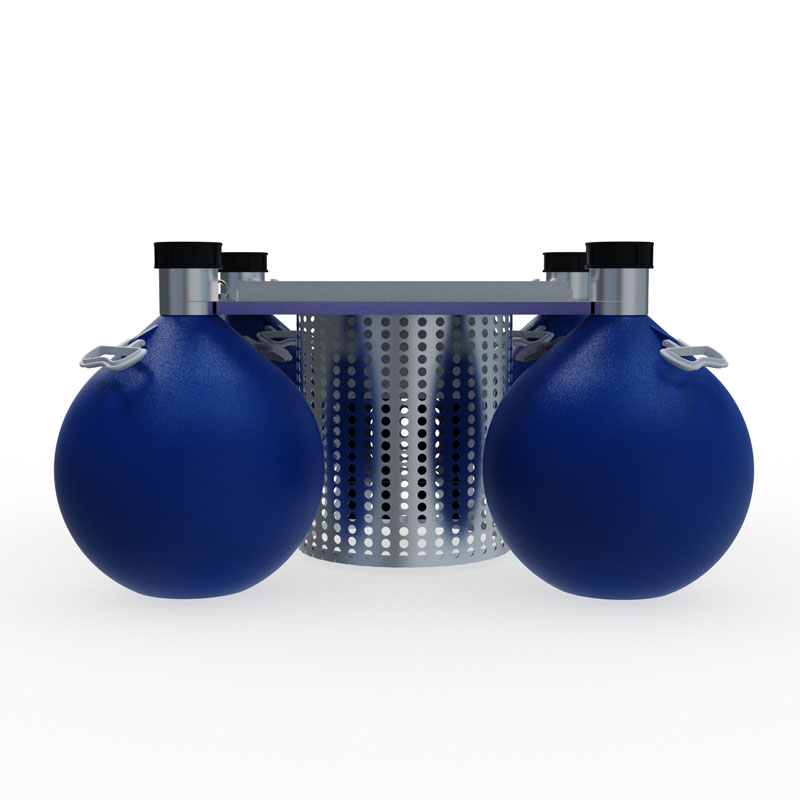Throughout history, accurate measurement of wind speed and direction has been crucial for human activities. It not only affects the accuracy of weather forecasts but also directly impacts numerous fields such as agriculture, aviation, navigation, and wind energy utilization. With technological advancements, wind measurement technology has evolved from traditional mechanical instruments to modern high-precision ultrasonic measurement systems, providing us with more accurate and reliable data.
Traditional Mechanical Wind Sensors
Traditional mechanical wind speed and direction sensors rely on physical rotating components for measurement. Wind speed sensors typically use a cup structure; when the cups rotate under wind force, they drive the sensor through a rotating shaft, outputting electrical signals corresponding to wind speed. Wind direction sensors use a wind vane structure, determining wind direction by sensing the pointing of the vane arrow.
However, these mechanical sensors have inherent limitations - they have minimum starting wind speed requirements. When wind speed is too low, it cannot drive the cups or vanes to rotate, making effective measurement impossible.
Ultrasonic Wind Measurement Technology
The Ultrasonic Wind Speed Direction Sensor adopts an entirely different working principle. It utilizes the ultrasonic time difference method for measurement, calculating the relationship between the speed of ultrasonic waves propagating through air and wind direction to obtain precise data.
Since the speed of sound propagation in air is affected by wind speed in the direction of propagation. When ultrasonic waves propagate in the same direction as the wind, their speed increases; conversely, when propagating against the wind, their speed decreases. The greatest advantage of ultrasonic devices is that they have no minimum starting wind speed requirement, can work normally even under zero wind speed conditions, and integrate both monitoring functions into one unit.
Common Wind Sensors on the Market
FT-FS485: This is a mechanical integrated wind speed and direction sensor that combines wind speed and direction measurement functions in one unit. It uses DC12V power supply, with a wind speed measurement range of 0-60m/s and accuracy up to ±0.2m/s, and a wind direction measurement range of 0-360 degrees with accuracy of ±1 degree.
FT-WQX2: This ultrasonic wind speed and direction instrument uses the time difference of ultrasonic waves propagating in air to measure wind speed and direction. Compared with traditional mechanical anemometers, it features less wear, longer service life, faster response speed, and requires no maintenance or on-site calibration. This device can output both RS485 communication and analog 4-20mA signals.
FT-SWF1: As a 3D ultrasonic wind speed and direction instrument, this device can provide wind speed measurements in three dimensions simultaneously. It can measure not only horizontal wind speed and direction but also vertical wind speed, wind temperature, and sound speed. The sensor adopts all-metal construction with no moving parts, making it sturdy and durable, suitable for various complex environments.
FT-SQ3: This is a handheld weather station equipped with a 3.5-inch high-definition LCD screen, capable of real-time display of multiple meteorological elements such as wind speed, wind direction, temperature, humidity, and atmospheric pressure. It has a built-in electronic compass for 360-degree wind direction monitoring and is equipped with a large-capacity lithium battery that can work continuously for 18 hours.
FT-SQ2A: This handheld meteorological observation instrument uses the ultrasonic time difference method principle to measure wind speed and direction, with no moving parts and zero wear. Weighing only 0.85kg, it is easy to carry and particularly suitable for temporary field testing. The device has a built-in Bluetooth module and can receive data in real-time through a mobile app.
These measuring instruments have been widely used in urban environmental monitoring, wind power generation, meteorological monitoring, bridges and tunnels, marine vessels, aviation airports, and other fields, providing wind speed and direction data for meteorological monitoring.

This paper addresses:https://www.fengtusz.com/industry/870.html









